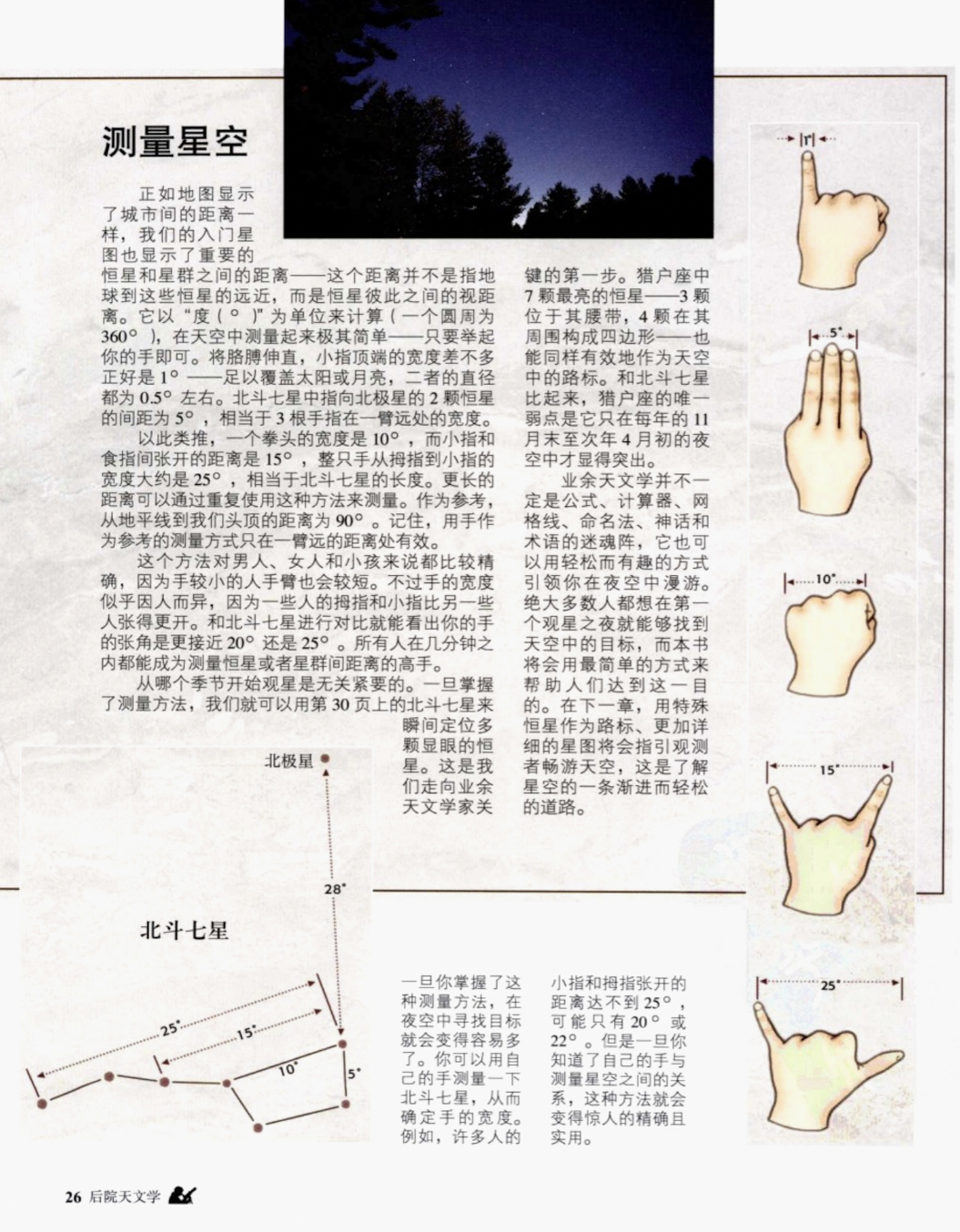1. Intro
In this module, we will learn about how baby think and discover
What else, language is learned
2. Development
Basic question:
- Morality
- Continuity
- Knowledge, how much do we have and how much do we need to learn
Jean Piaget
The development of knowledge?
- Think model differ in different stage
- It is changed in the life when human grow
